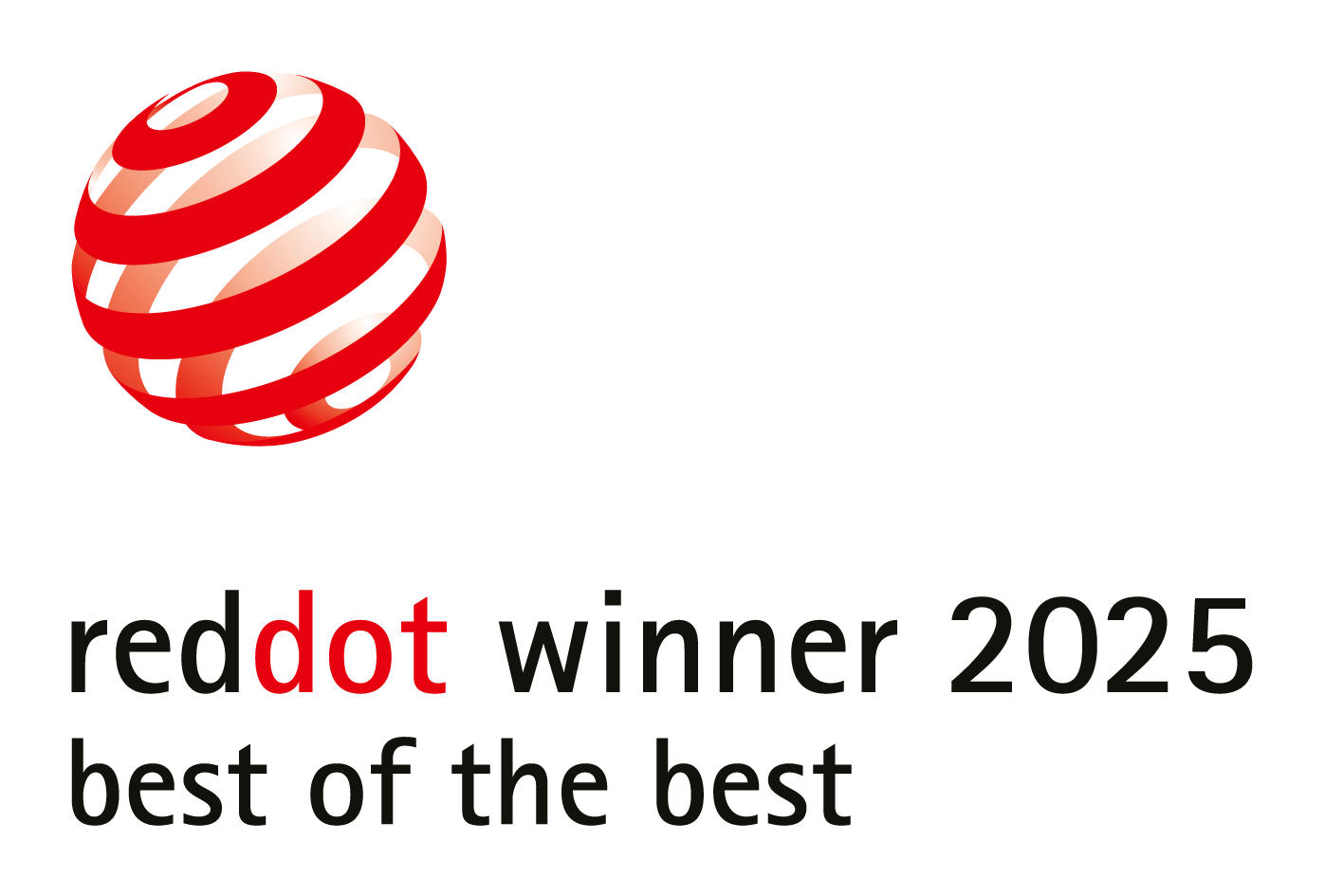Articles related to Branding
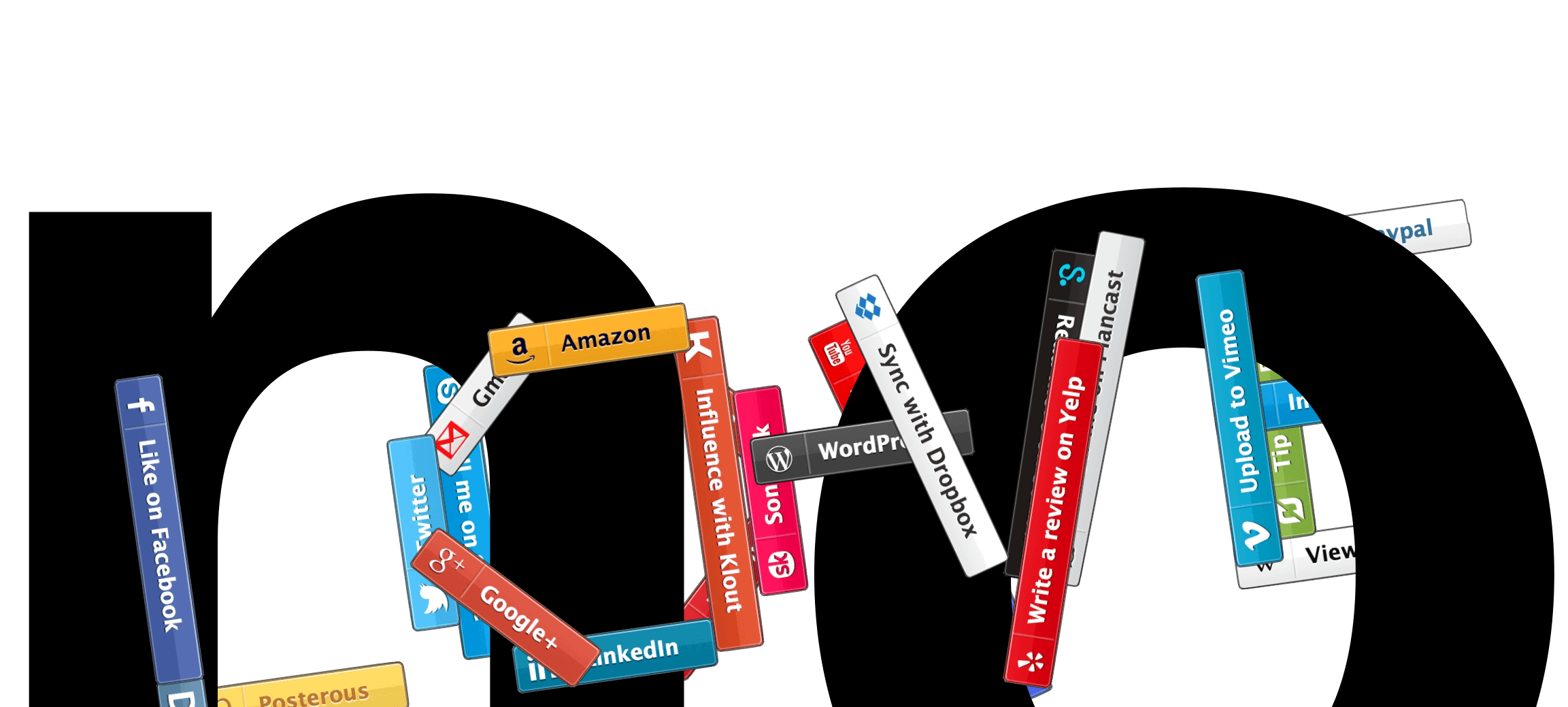
Follow-up to “Sweep the Sleaze”
We are onto something

Sweep the Sleaze
Do social media buttons actually work?
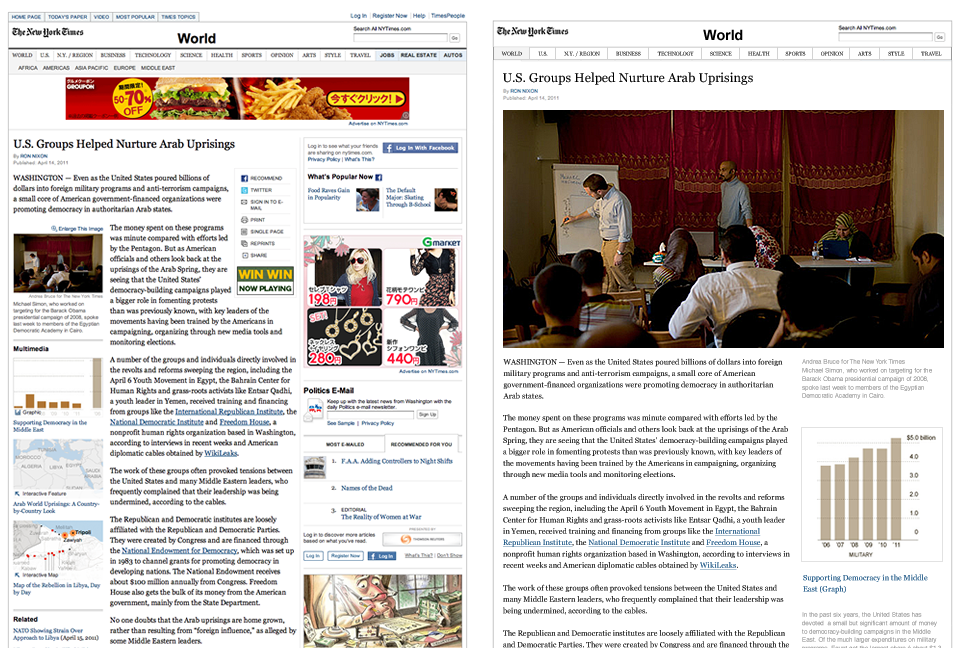
Business Class
Freemium for News?
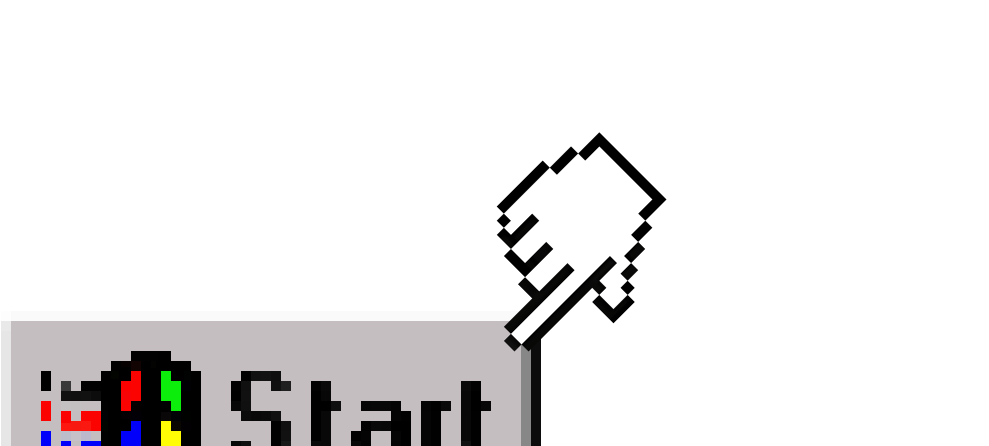
The Start-Button
Branding Crimes

Stealing Interfaces
Creation = Copy + Improve²

Missing Logo
Branding Crimes
The Essentials of Online Rebranding
Face Off
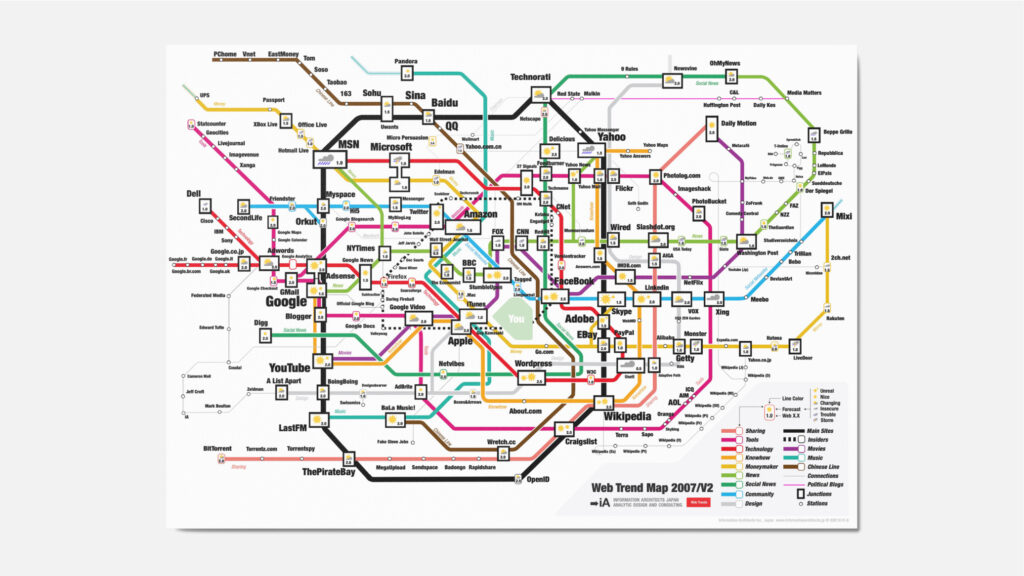
Web Trend Map 2007
Version 2.0
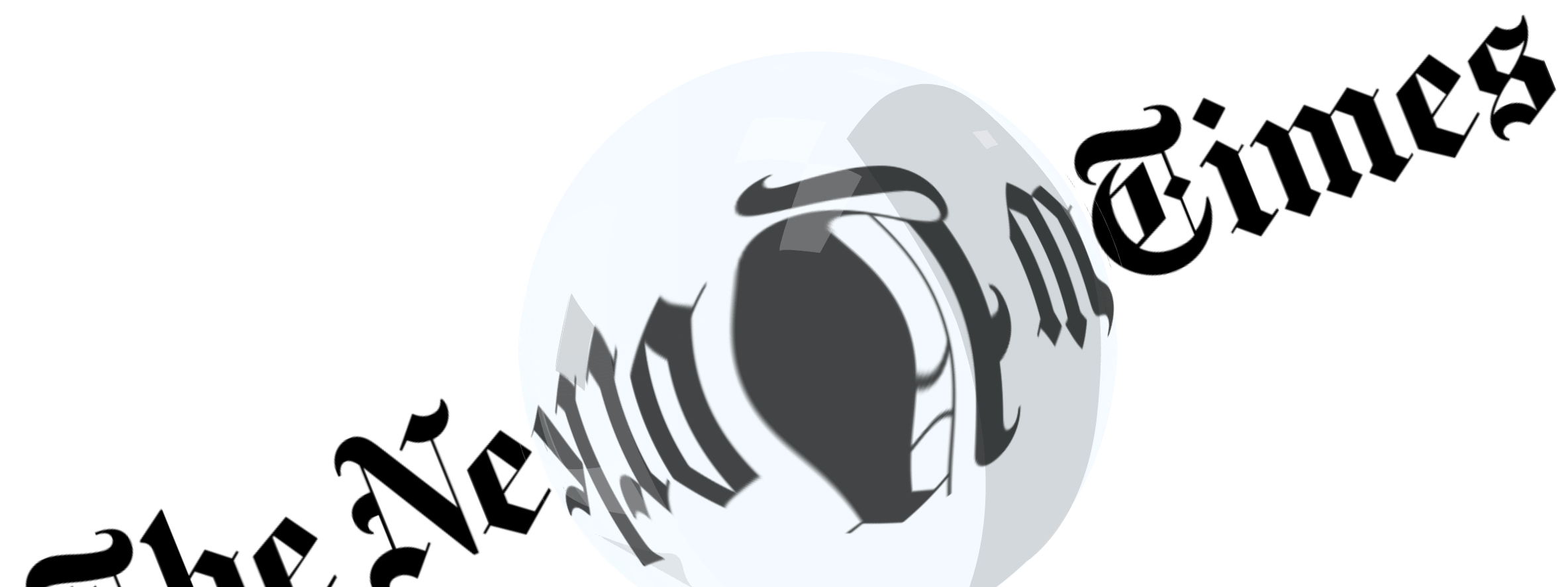
The Future of News
How to Survive the New Media Shift
10 Newspaper Myths
Deconstructed

USA Today
Mission Accomplished
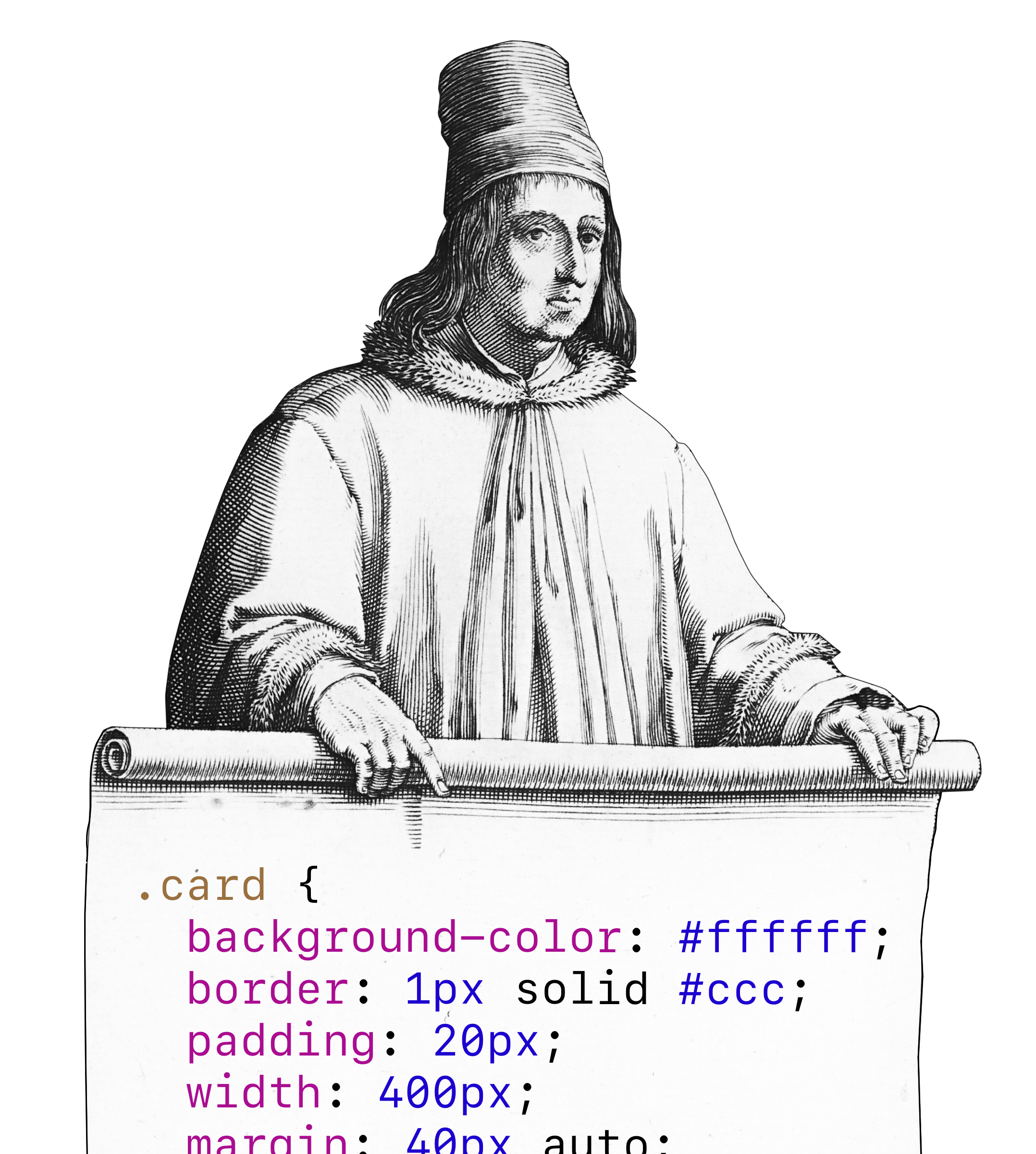
CI and CSS
Cool stuff

Why is Simplicity Difficult?
Style is easy, ease is hard

Usability and Branding
Webdesign is Product Design
